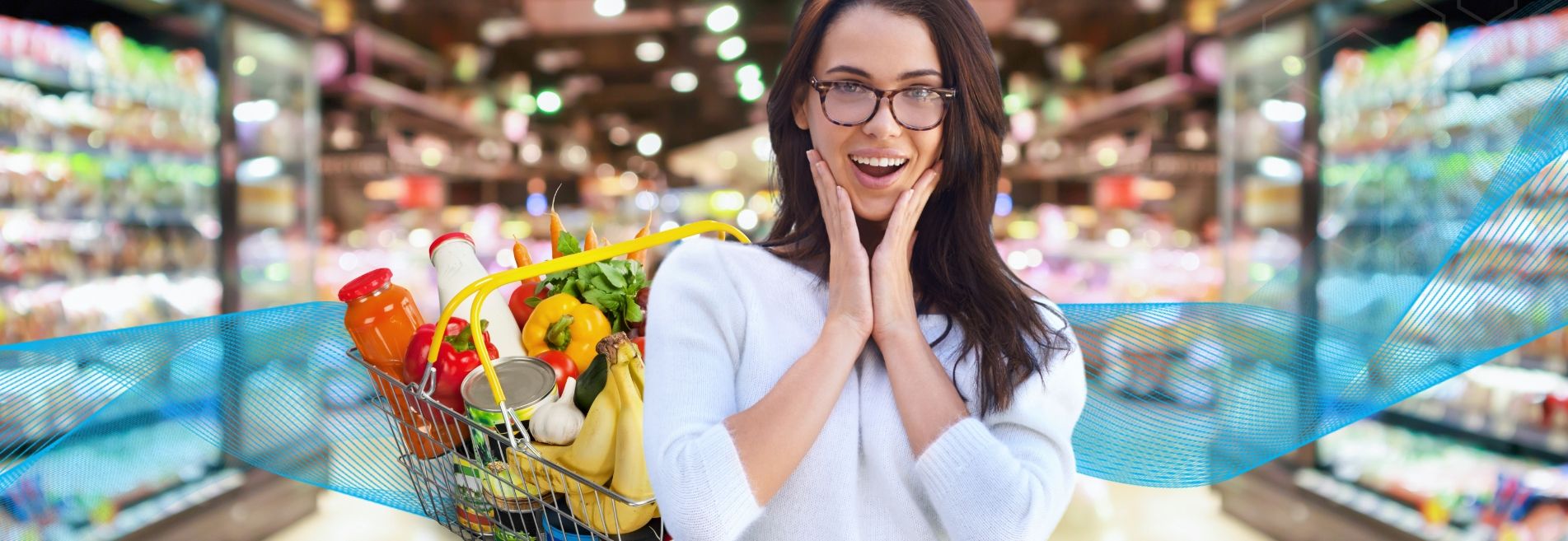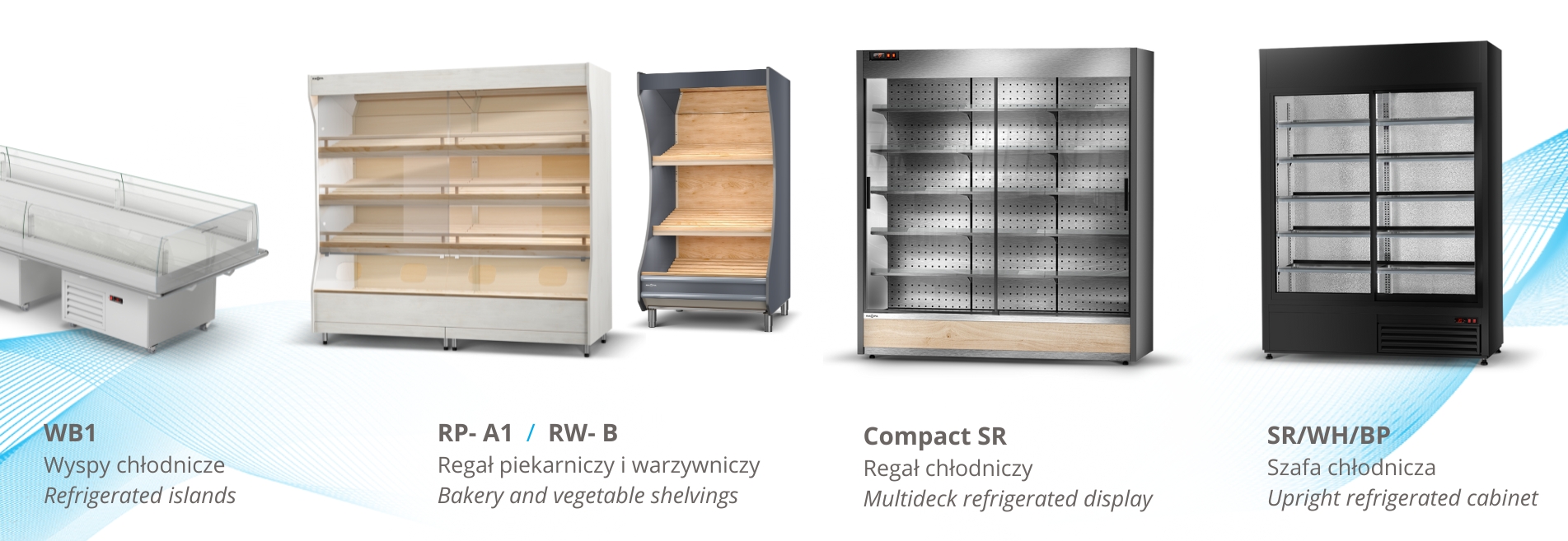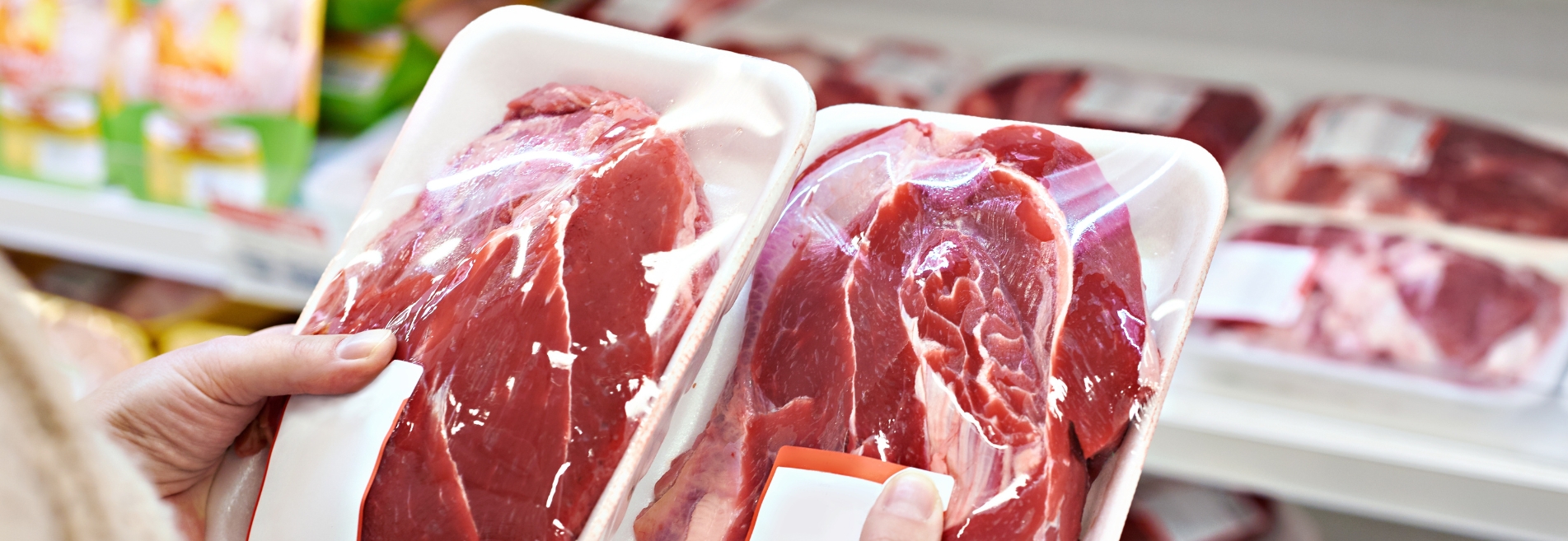

Self-service grocery sales are a very convenient and popular form of shopping. From the shoppers' point of view, its biggest advantages are the almost unlimited decision-making time and the convenient access to the products, enabling accurate label reading. From the shop assistant's point of view, however, it is the opportunity to serve more people in less time. In order for this solution to meet the expectations of both retailers and shoppers, the shop space needs to be properly prepared. Below we have put together some tips to help organise this type of selling.

Select the right devices and furniture
Self-service selling, as the name implies, assumes that shoppers will do most of the product selection themselves, and that shop staff (unless self-service checkouts are in place), will only be involved at the end of the process, when accepting payment for goods. This means that any available product range should be well displayed in the shop and easily accessible to shoppers. This requires, among other things, appropriate furniture and refrigeration devices that both present the goods well and store them under optimal conditions. In addition to standard shelving, refrigerated cabinets with glazed cabinets, multideck refrigerated displays and refrigerated islands, as well as vegetable and bakery shelving, work best in self-service shops.
Plan your space well
Self-service shops undoubtedly require more space than when selling from behind a counter. The interior design of the shop should allow customers to move freely between shelving units, open the doors of the refrigeration devices and reach for products. The items should therefore not be overly crowded and should be of an appropriate size, well adapted to the conditions of the premises. Sometimes it is better to opt for a slightly smaller size of refrigerated cabinet or shelf, and store surplus goods conveniently in a backroom cupboard in the store, rather than forcing customers to squeeze through narrow aisles, which has a negative impact on their shopping experience. In smaller shops, it is advisable to opt for compact devices, i.e. devices with a large display area and a relatively small footprint at the same time. The RAPA range includes the Compact refrigerated display unit and the SR/WH/BP cabinet. Refrigerated islands, although very convenient for customers, are a solution for shops with large areas.

Get the right device equipment
When it comes to refrigeration devices, it is not only the size, but also the equipment that has a significant impact on the quality of self-service sales. When choosing refrigerated cabinets, it is worth paying attention to the type of shelves, for example. If the goods are served by a salesperson and the salesperson is able to keep the display tidy at all times, this is not so important. However, in the case of self-service sales, it is important that the shelves allow for a stable arrangement of even small assortments without the fear of customers knocking them over every now and then. For this reason, it is better to choose densely-ribbed or solid shelves in cabinets and, in shelving, pay attention to whether the depth of the shelves allows whole milk cartons to be placed on them. With regard to the issue of energy efficiency, it is also a good idea to consider adding open-door signalling or self-closing devices.
Remember to pack your products properly
Regulations require that products intended for self-service sales have appropriate packaging. Meats, cured meats, cheeses, delicatessen products or confectionery, which customers will be able to reach on their own, must have the manufacturer's packaging intact or be tightly packed by the shop staff, e.g. wrapped in foil or in airtight packaging, before being displayed to customers. This will help to guarantee the safety of the food sold.

Increase the frequency of cleaning and sanitation of devices
Greater freedom for customers to shop requires greater attention to shop cleanliness. A large number of people moving around the sales space means potentially more mess, but also an epidemic risk. Therefore, clean regularly, thoroughly wash and disinfect your devices and display areas, maintaining their high aesthetics and sanitary standards.

Jeżeli chcesz poznać lepiej naszą ofertę skontaktuj się z nami telefonicznie za pomocą numeru 81 742 53 10 lub napisz na adres: rapa@rapa.lublin.pl. Chętnie udzielimy odpowiedzi na każde pytanie!